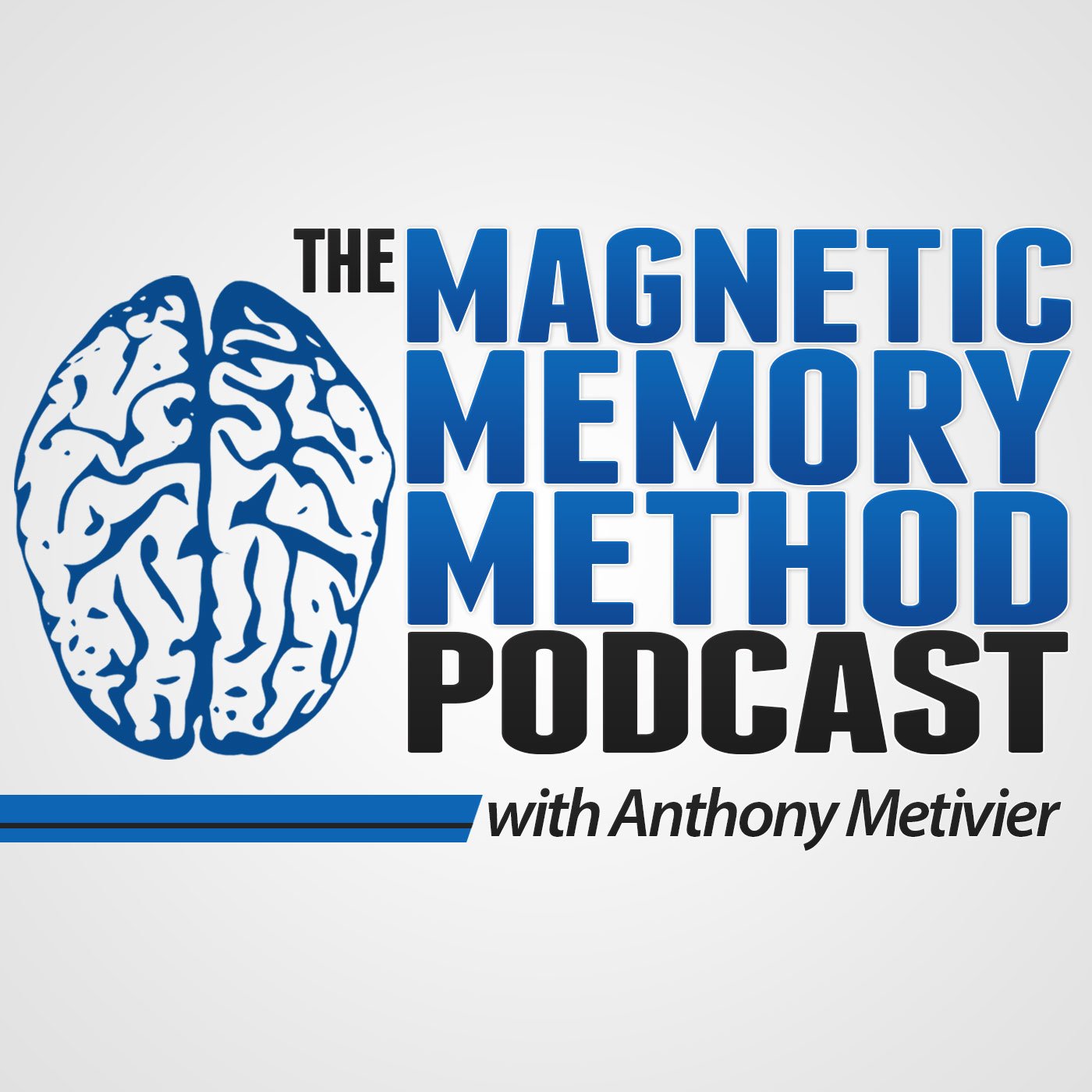Master the Link Method to Memorize Details Fast and Recall More
Description
 The link method is a powerful memory technique that will help you learn faster and remember more.
The link method is a powerful memory technique that will help you learn faster and remember more.
You can rest assured that learning how to use it is worth your time because it has been used for thousands of years and studied by scientists.
We know how and why it works.
And one reason the technique has continually improved over the years is simple:
Many people have worked to ensure that proper mnemonic linking helps you build instant associations.
In other words, well-linked associations can help you memorize certain kinds of information within seconds.
You just have to learn it properly.
Sometimes, this particular learning strategy lets you retain information you’ve heard just once for the long-term without needing any repetition.
For example, as a memory educator, I give a lot of demonstrations in the community. I remember the names of people from live classes I’ve given decades ago.
And once you master basic linking for simple information like names, you can use the technique in more elaborate ways.
Everything from language learning to complex mathematical formulas.
The problem is…
Even simple versions of the technique can confuse people new to the link method.
This is not your fault. The confusion creeps in because different memory teachers use the term in several different ways.
In fact, the sheer number of definitions is enough to melt your mind.
Well, never fear. On this page, I’m going to do my best to reduce the confusion.
Because the reality is this:
Linking really can help you learn faster and remember more.
You just need to apply this mnemonic device in the right way and in the specific situations where it’s useful.
So if you want to master linking for faster and more thorough learning, let’s look at exactly how linking works.
And when to combine it with other memory techniques for even stronger recall.
What Is The Linking Method?
In the world of memory training, we use the word “link” because this technique creates a kind of chain between what you want to remember and something you already know.
You can think of it like a gold necklace. Each loop links to the next one until the circle is completed by a clasp.
Except in memory, each mental image or association is the link that helps you find your way back to the target information.

This is part of where confusion about the technique comes in.
Is Linking Different Than the Chain Method?
Memory educators often use the word link to create the mental image of a chain, as in a chain of associations.
Everyone from Bruno Furst to Harry Lorayne present the technique in this way.
This means that there’s no particular difference between linking and the chain method.
The key is that you mentally “link” or attach one item in a list to the next item. That’s why most memory trainings will present a list of words with which to practice. For example:
- Hero
- Drill
- Spacecraft
- Music
Then most memory guides will suggest that you:
- Create an image that reminds you of the first word in the chain, and
- “Link” the next word to the first.
In the case of the example list above, you would imagine that your hero uses a drill on a spacecraft that is blasting out music.
This way of using linking sounds a bit like a story, doesn’t it?
The story is a kind of chain that you follow, and each action or action and reaction is the link that helps you “trigger” the next word.
Many people successfully use this form of linking to memorize lists, something I discuss with more depth in this tutorial on how to memorize a list.
Pros and Cons of The Link Method
Linking works well for when you need to memorize simple lists.
The approach also has its weaknesses, though, problems we’re about to fix.
What are those problems?
For one thing, if you can’t remember how the first part of your narrative chain started, you’ll struggle to trigger the next part.
It’s also possible that an individual link in your chain will go “missing.”
One key solution is called deliberate practice.
And although most memory improvement guides do give you words to practice, I’m a critic of them and here’s why:
It’s very rare in real life that we have to memorize random words.
A rare case is when you go shopping and need to get tomatoes, carrots, celery, and bread. In such a case, it does make sense to use linking to quickly imagine a tomato stabbing celery and bread with a carrot.
Even so, as a person who loves using memory techniques for large learning goals, I have to ask?
Why waste time on memorizing a shopping list when you could just write it down? That lets you save your energy for memorizing vocabulary or technical terms related to your profession.
How to Practice Mnemonic Linking
And that’s how I suggest that you practice. With important information that you can’t just write down.
Here’s one fruitful practice:
If you’re going to memorize your shopping list, at least get a bang for your buck by memorizing it in a foreign language.
Then, apply the linking technique to memorizing more complex terms, like:
- Medical definitions
- Musical terms
- Names you repeatedly forget
- Geographical facts
Basically, learn to get really good at linking by practicing with useful information that will improve your life.
Then, once you’ve got a handle on the basics, take things to the next level using the process we’ll discuss next.
From Linear Linking to Spatial Linking: The Memory Palace Advantage
As you’ve seen, the linking method can be powerful for chaining together lists of information.
But it’s mostly linear. That means, if you can’t remember the first part of the chain, or drop one of the links, you’re in trouble.
The Memory Palace technique fixes this quirk.
If you’re not familiar with the term, sometimes it’s called the Method of Loci or the Roman Room Method.
No matter what you call it, a Memory Palace provides your brain with the ultimate, non-linear linking system for a few reasons.
Why the Memory Palace Technique is the Ultimate Linking Strategy
Think back to necklace example. We’re about to expand it.
Rather than having every link in the chain dependent on the previous link, a Memory Palace lets you place each link securely in its own display case.
Each case is itself linked naturally by your familiarity with the locations you use to place them. When you have a series of locations strung together in a chain, this is called the journey method.
For more on how this technique works, watch the video below and read my full Memory Palace guide.
In sum, you’re using familiar locations as a foundational link.
Then, on each spot within the Memory Palace, you use the story method to establish a link on each and every station of the Memory Palace.
This approach helps with recall for a few reasons.
First, you don’t have to think back to how the story started or do anything elaborate to kick off the first link. You can simply think back to where you p





